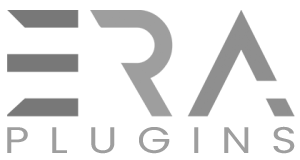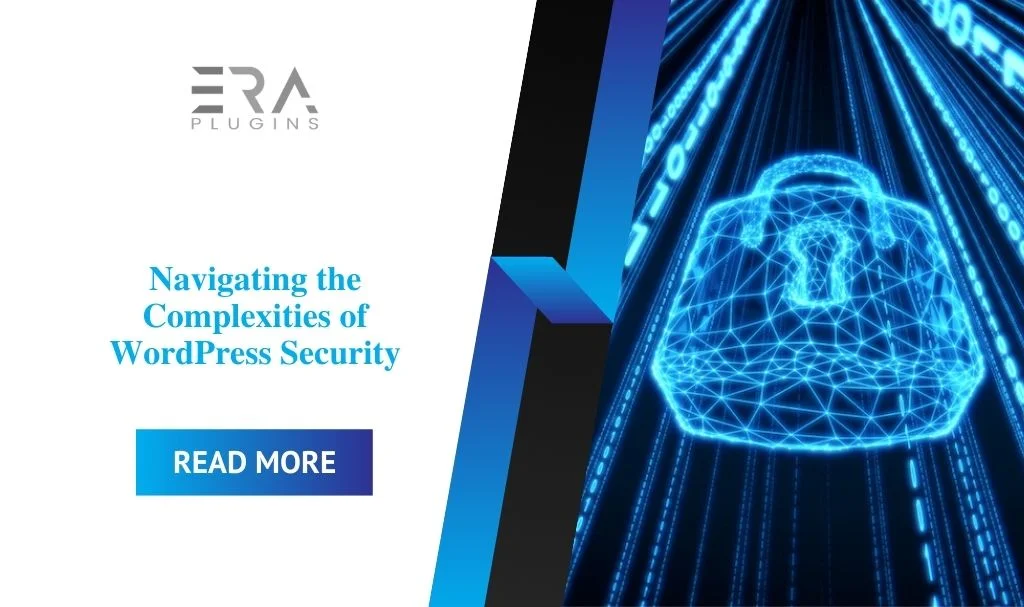Navigating the Complexities of WordPress Security , WordPress has established itself as a powerful platform for creating websites and managing online content. However, with great power comes great responsibility, particularly when it comes to website security. In this article, we’ll dive deep into the complexities of WordPress security and explore how a proactive maintenance approach can effectively safeguard your website from potential threats.
The Complex Landscape of WordPress Security
Website security is a multifaceted challenge that involves protecting your site from various types of threats, including:
- Malware and Viruses: Malicious software can exploit vulnerabilities in your site’s code, compromising data and functionality.
- Hackers and Cyberattacks: Unauthorized access attempts and attacks on sensitive information are common risks for websites.
- Brute Force Attacks: Hackers attempt to gain access by repeatedly trying different password combinations.
- DDoS Attacks: Distributed Denial of Service attacks can overwhelm your server, causing downtime.
- Plugin and Theme Vulnerabilities: Outdated or insecure plugins and themes can be exploited by attackers.
The Role of Maintenance in WordPress Security
WordPress security isn’t a one-time task—it’s an ongoing process that requires constant vigilance and proactive measures. Maintenance plays a crucial role in mitigating security risks:
- Regular Updates: Keeping WordPress core, themes, and plugins up to date patches vulnerabilities and ensures the latest security features.
- Security Audits: Periodically reviewing your site’s code and configurations helps identify potential weaknesses.
- Firewall Implementation: Installing a firewall prevents unauthorized access and monitors suspicious activities.
- Malware Scans: Regular malware scans detect and remove any malicious code or software from your site.
- Secure Hosting: Choosing a reputable hosting provider with strong security measures is essential for overall protection.
The Proactive Approach to Security
Rather than waiting for security breaches to occur, adopting a proactive approach is key:
- Education and Training: Educate yourself and your team about best security practices and potential risks.
- Implement Strong Password Policies: Enforce complex passwords and two-factor authentication.
- Regular Backups: Create and maintain up-to-date backups to restore your site in case of an attack.
- Security Plugins: Utilize reputable security plugins that provide additional layers of protection.
Navigating the Complexities of WordPress Security landscape, but with a dedicated maintenance approach, you can navigate these complexities and protect your website from a range of potential threats. By staying proactive, keeping your site updated, and implementing security best practices, you ensure the safety and integrity of your WordPress site, allowing you to focus on what matters most: delivering a seamless online experience to your visitors.





